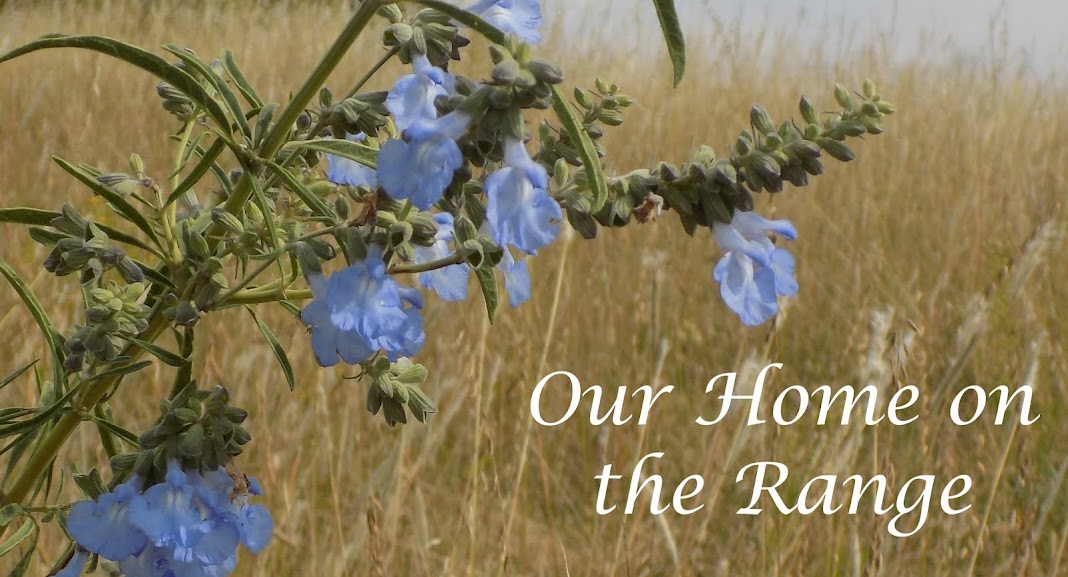
by Paul Dowswell, Ruth Brocklehurst and Henry Brook
an Usborne book
Mater Amabilis™ gives some lesson plans for History in Level 4 (8th grade) in which a student studies national history for twelve weeks followed by four six-week terms chosen from six options. I picked this book for our twelve weeks on World War I and World War II because I already owned it. Mater Amabilis™ recommends Witness to History: World War I and Witness to History: World War II by Sean Connolly. My library didn't have a copy of either book, but I was able to request a copy of the World War II one from PaperBackSwap. I liked the aspect of the eyewitness accounts and used it in addition to the Usborne book.
You can see the lesson plans I developed for this book on my posts on World War I and World War II. I found they needed little alteration for First Son to complete them in roughly the 45 minute time period. I did combine a few readings in order to accommodate missed days and will probably alter them a bit more when we come around to these plans again for the other three in order to leave time for more thoughtful narrations, perhaps even a longer paper, or an exam.
I think I will also integrate our world war studies with The Century for Young People rather than touching on the wars in the first twelve weeks and then studying them in-depth in the second twelve weeks.
This Usborne book provides a thoughtful introduction to the world wars. The text is more fluid and connected than in many Usborne books which just have paragraphs here and there on the page around a general topic. Most topics here are covered in a two-page spread of mainly text with one or two photographs. Because the book is written from a British perspective, it covers the wars in an intimate and personal way throughout. It's respectful of the contribution of the United States in both wars without being overly patriotic. The only topic I added for the American angle was Japanese internment camps.
This Usborne book provides a thoughtful introduction to the world wars. The text is more fluid and connected than in many Usborne books which just have paragraphs here and there on the page around a general topic. Most topics here are covered in a two-page spread of mainly text with one or two photographs. Because the book is written from a British perspective, it covers the wars in an intimate and personal way throughout. It's respectful of the contribution of the United States in both wars without being overly patriotic. The only topic I added for the American angle was Japanese internment camps.
The breadth of The World Wars is excellent, covering action on every front, in the air, on the sea, and on land. They include sections on what life was like in Britain and in Germany as well. It does not neglect the Holocaust or other atrocities and is open about the British bombing of German cities in addition to the Blitz. As with many Usborne books, there are internet links for many of the topics. We didn't use those. I think our sketchy rural internet service struggled too much to connect with servers in England where most of the sites seemed to be hosted. I had gone through ahead of time to select a few subjects (often following the suggestions of Mater Amabilis™) and saved them on a Google sheet for First Son. Those are included in the lesson plans I have linked above.
There was plenty of time to explore a few topics in depth after reading the pages in the Usborne book as an introduction. It's probably a little light to use in eighth grade without supplementing, but I think directing my son to primary sources like the speeches and additional articles allowed us to personalize the study a little. For example, I included some chapters from a book by Eisenhower, who was born and raised in Kansas.
My father, who devours history books, noticed this book on my shelf and read the whole thing over a few days. He thought it provided a great amount of information in an approachable format. He even learned a few things.
The book is well published. First Son hauled it around for twelve weeks and he's none too careful of books, often leaving them lying around, but it's held up well with an intact binding. The pages are thick and glossy, too.
I purchased this book from a friend who sells Usborne books, but you can find it on Amazon (affiliate link above). You can also find it at RC History (affiliate link), where it's recommended for Volume 4. That's where I learned about the book, though I later decided not to teach twentieth century history at all to the kids until they were in eighth grade and then used the Level 4 plans instead.
